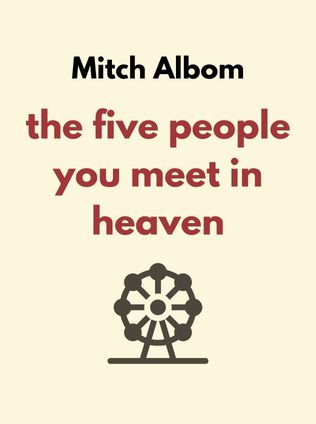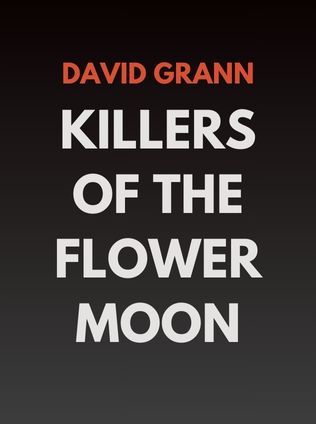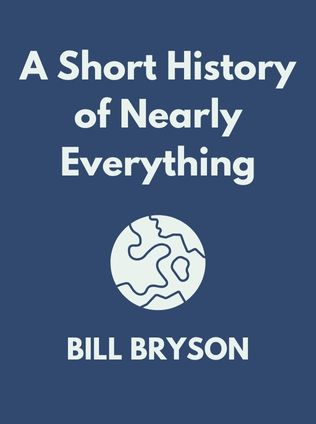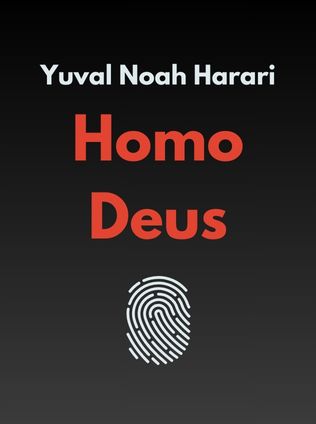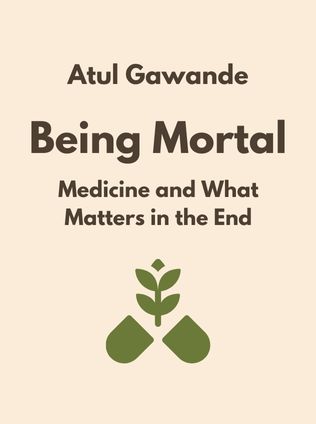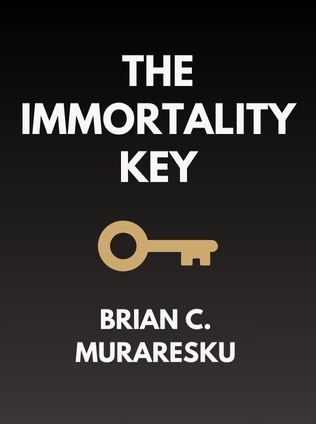
The Immortality Key
Uncovering the Secret History of the Religion with No Name
By Brian C. Muraresku
Published 09/2020
About the Author
Brian Muraresku is an erudite scholar whose interdisciplinary approach spans the realms of ancient languages, law, and religious studies. With degrees from Brown and Georgetown Universities, Muraresku brings a unique lens to his exploration of early Christianity, grounding his research in rigorous academic inquiry. His debut work, "The Immortality Key," is a culmination of over a decade of research that challenges traditional narratives about the origins of Christianity. Muraresku's work delves into the mysterious intersection of ancient pagan rituals and the nascent Christian tradition, offering readers a provocative reevaluation of history and spirituality.
His dedication to uncovering the hidden truths of religious history is evident in his meticulous examination of ancient texts, archaeological evidence, and the often-overlooked role of psychedelics in spiritual practices. "The Immortality Key" is more than a historical investigation; it is a profound inquiry into the human quest for immortality and the divine, framed by Muraresku's deeply held belief in the enduring power of mystical experiences.
Main Idea
At the heart of "The Immortality Key" lies a bold thesis: the early Christian Eucharist, a ritual central to Christian worship, may have originated from ancient pagan ceremonies involving psychoactive substances. Muraresku argues that these rituals, deeply embedded in the religious practices of the Greco-Roman world, were not merely symbolic but were designed to induce profound mystical experiences. These experiences, facilitated by psychedelic substances, allowed participants to commune directly with the divine and attain a sense of immortality.
Muraresku's exploration is anchored in the "pagan continuity hypothesis," which posits that early Christianity did not emerge in isolation but was deeply influenced by the religious traditions it sought to replace. Rather than a sudden rupture, the transition from paganism to Christianity was a gradual process of syncretism, where Christian beliefs and practices were integrated with existing pagan customs. This blending of traditions, according to Muraresku, is most evident in the Eucharist, a ritual that may have been modeled on the psychedelic rites of the Eleusinian Mysteries and other ancient cults.
Table of Contents
- Paganism and Mysticism: Historical Background
- The Eleusinian Mysteries: Gateway to the Divine
- The Role of the Divine Feminine
- Proto-Christianity and Pagan Syncretism
- The Psychedelic Element in Early Christian Rituals
- The Elimination of Mystical Traditions
- The Reemergence of Psychedelic Spirituality in Modern Times
Paganism and Mysticism: Historical Background
To fully appreciate the arguments Muraresku presents, it is essential to understand the religious and cultural milieu in which early Christianity developed. The Greco-Roman world of the first few centuries AD was characterized by a rich tapestry of religious practices, with polytheism and mysticism playing central roles. These religious traditions were not merely about paying homage to a pantheon of gods and goddesses; they were deeply experiential, often involving rituals designed to bring the practitioner into direct contact with the divine.
The term "paganism," as Muraresku explains, originally referred to the rural folk who adhered to these pre-Christian beliefs. Over time, it became a catch-all term for a wide array of religious practices that were seen as antithetical to the emerging Christian orthodoxy. However, these practices were far from homogenous. They ranged from the state-sponsored worship of gods like Jupiter and Mars to the secretive rites of mystery cults like those dedicated to Demeter and Persephone at Eleusis.
Muraresku's focus on the mystical aspects of these traditions is key to his argument. Mysticism, as practiced in the ancient world, was about transcending the ordinary boundaries of human experience to achieve a direct, often ineffable communion with the divine. This could be accomplished through various means, including meditation, ascetic practices, and, as Muraresku suggests, the consumption of psychoactive substances. These mystical practices were not confined to the fringes of society; they were integral to the religious life of many ancient communities.
The Mystical Landscape of Ancient Paganism:
- Polytheism and Animism: Ancient religions typically involved the worship of multiple deities, each representing different aspects of the natural world and human experience. These gods and goddesses were not distant, abstract figures but were believed to be present and active in the world, often manifesting through natural phenomena.
- Rituals of Transformation: Many ancient religious practices involved rituals designed to bring about a transformation in the practitioner. These could include initiation rites, seasonal festivals, and mystery cults that promised insights into the nature of life, death, and the afterlife.
- The Role of Psychedelics: Muraresku argues that psychoactive substances played a significant role in many of these rituals, facilitating the altered states of consciousness necessary for mystical experiences. These substances, often derived from plants, were used with great care and reverence as a means of accessing the divine.
The Eleusinian Mysteries: Gateway to the Divine
The Eleusinian Mysteries were among the most revered and secretive of all ancient religious practices. Centered around the worship of Demeter and Persephone, these rites were celebrated annually for nearly two millennia, from around 1500 BC until the late 4th century AD. Muraresku presents the Eleusinian Mysteries as the archetypal example of a pagan ritual that blended mysticism, the divine feminine, and possibly psychedelics into a potent spiritual experience.
Sign up for FREE and get access to 1,400+ books summaries.
You May Also Like
Heaven Is For Real
A Little Boy's Astounding Story of His Trip to Heaven and Back
By Todd Burpo








